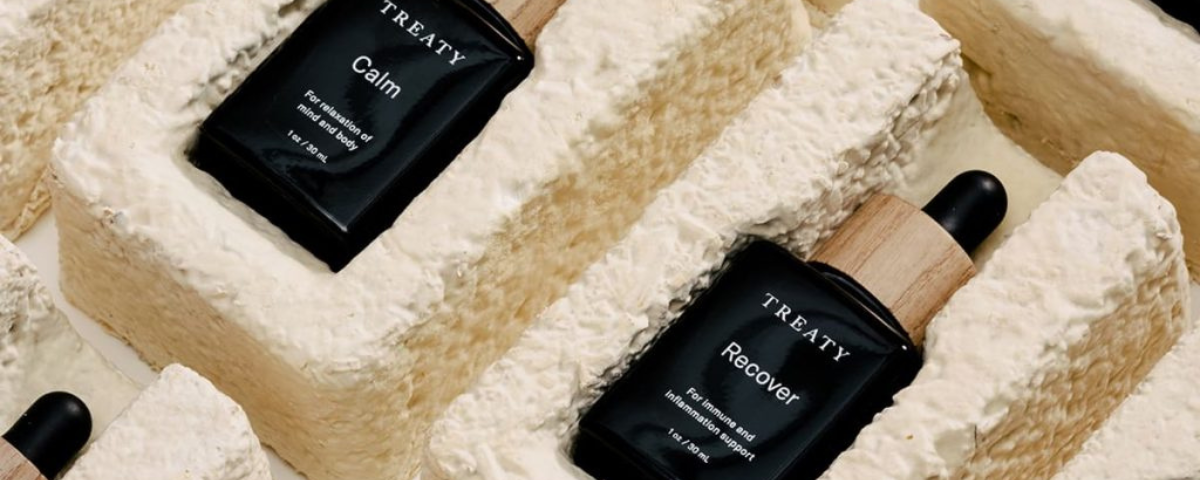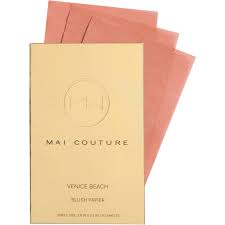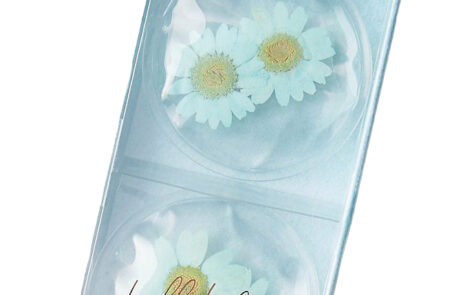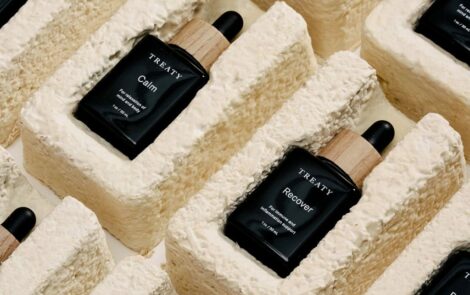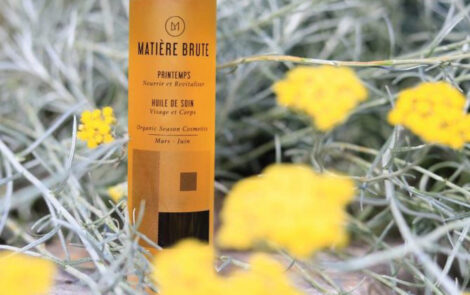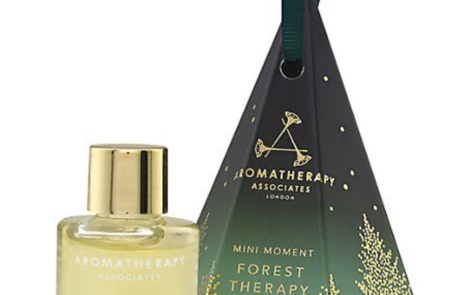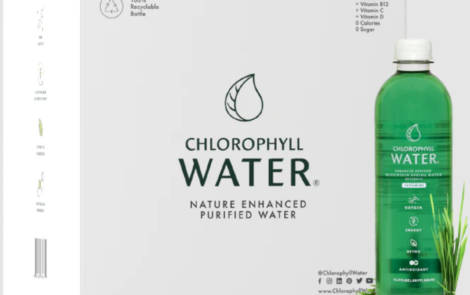A constant flow of studies has been providing scientific support for the benefits of reconnecting with the world of plants: from recognizing our common biological evolution to the virtues of applied ecology. Such studies emphasize how important it is for humanity, and especially for our personal balance, to resonate with plants and vegetation.
The perception that we humans are part of a whole and that our health and well-being depend on other species is gaining popularity. Taking care of nature is a way of taking care of ourselves: an interdependence or symbiosis. Moreover, global ecological challenges require us to move from an extractive relationship to positive actions for nature’s regeneration.
The spread of urbanization has severed an important bond between humans and plants, creating a condition known as “plant blindness”. The consequences of this lack of familiarity with certain plants are the theme of Chanel’s exhibition “Cultivated Beauty.”
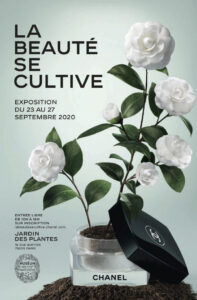
Its rediscovery is also the focus of the installation “Olfactory Forest” by Studio Omer Polak, which reveals the crucial sensory role of nature for humanity by recreating the smells of a forest in an unexpected environment.

Following in the footsteps of biomimicry, Material Ecology, created by MIT researcher Neri Oxman, brings together biology, engineering, architecture, and nature. The projects create “living sculptures” through technology and design, which can mean reorienting the actions of agents like silkworms to reconsider the product development process, creating ecological and evolving materials.
This design approach, where processes interact and living components collaborate across species, was the subject of an exhibition at MoMA. Projects like these bring innovative alternatives for the future of packaging, which could evolve alongside the product itself.

We support a greener future, aspire to simplicity and an authentic lifestyle, and choose to be in harmony with ourselves and the world around us, whether in the city or the countryside. For the beauty industry, we try to translate these trends into organized guidelines with creative themes, showcasing examples of products that somehow fulfill these desires:
- THE GARDEN We draw inspiration from the intelligent simplicity of common garden and countryside plants, , with bucolic decoration, to reconnect with nearby pleasures. Let us embrace their positive characteristics and their impact on health and well-being.
- POSITIVE IMPACT Merely positioning a brand as natural does not mean it is ecological. An increasingly demanding audience compels us to give back to nature as we benefit from it, calling for sustainable cosmetics with recycled or compostable packaging, seasonal skincare, probiotics, and immunity boosters – everything that can have a beneficial effect on the ecosystem.
- FOREST BATHING Imagine being instantly transported to a forest, and consider the benefits of immersing yourself in wild and revitalizing nature. Concentrated products rich in botanical ingredients, aromas inspired by woods and shrubs, and sap-like textures: awakening sensations of comforting osmosis with vegetation allows us to experience the power of abundant plant life in an alternative way.
More than ever, nature presents itself as a source of inspiration, not only artistically but also central to our vision of health and well-being. In such a vibrant industry, beauty and wellness market players have the fulfilling obligation to rethink ways to promote our reconnection. Whether by serving nature, creating more ecological methods of production, or offering green and conscious product alternatives and practices, all are essential for a more harmonious future.
Enjoyed this article? Get more by subscribing to our newsletter!
Feeling inspired to see ingredients and trends in action?
Then why not visit one of the in-cosmetics events around the world?

